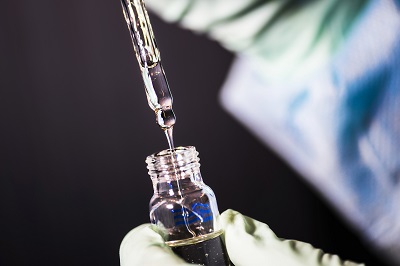B-class in vitro diagnostic (IVD) medical device registration with Malaysia's Medical Device Authority (MDA) refers to the process of obtaining regulatory approval to market a B-class IVD device in Malaysia.
What B-Class IVD Means
Under Malaysia's regulatory framework, IVD devices are classified into risk-based categories (A, B, C, and D) depending on the potential risk they pose to patients and users. B-class IVD devices are considered low-to-moderate risk. They are typically more complex than A-class (lowest risk) devices but present fewer risks than higher classes like C and D. Examples of B-class IVD devices may include certain reagents, calibrators, and control materials used in medical laboratories for diagnostic testing.
Why B-Class IVD Registration is Required
All IVD devices, including those in B-class, must go through a registration process with MDA before being marketed in Malaysia. This registration confirms that the device complies with Malaysia’s medical device regulations, ensuring that it meets necessary standards for safety, quality, and effectiveness.
The Importance of B-Class Registration
The registration provides assurance that:
- The device is produced following a certified quality management system (such as ISO 13485).
- The device has gone through necessary performance evaluations to verify its diagnostic effectiveness.
- Labeling and instructions for use are compliant with MDA requirements, allowing safe and proper use.
Key Components of B-Class IVD Registration Process
- Document Submission: Manufacturers submit technical documentation, risk management files, clinical or performance data, and quality management documentation.
- Compliance with Standards: The device must meet standards for both product quality and manufacturing processes (e.g., ISO 13485 for QMS).
- Safety and Performance Evaluation: MDA reviews the device’s data to confirm it is effective and safe for diagnostic use.
- Certificate Issuance: Upon approval, MDA issues a registration certificate, authorizing the device for sale and use in Malaysia.
Overall, B-class IVD device registration with MDA ensures that the diagnostic tool meets regulatory standards, providing confidence to healthcare providers and patients in Malaysia regarding the device’s safety and performance.

Contact Us:
Whatsapp or Wechat:+86 15816864648;email address:hito.lin@grzan.cn
.png)
.jpg)
.png)

.png)